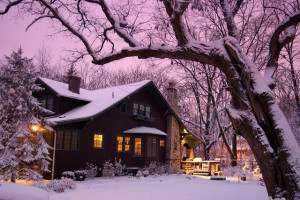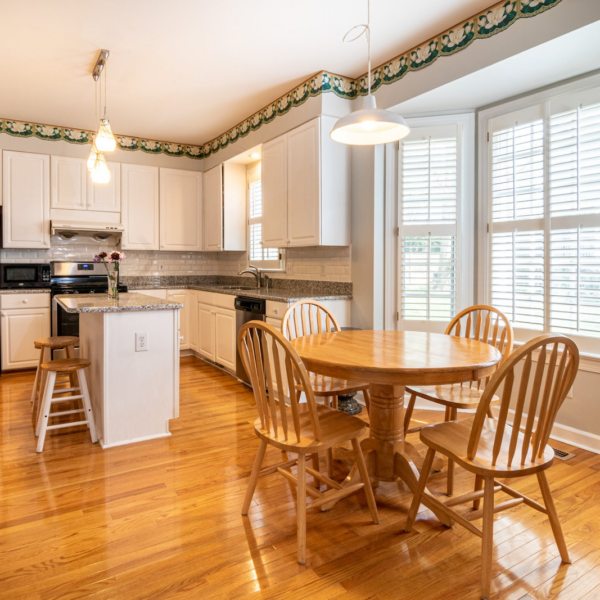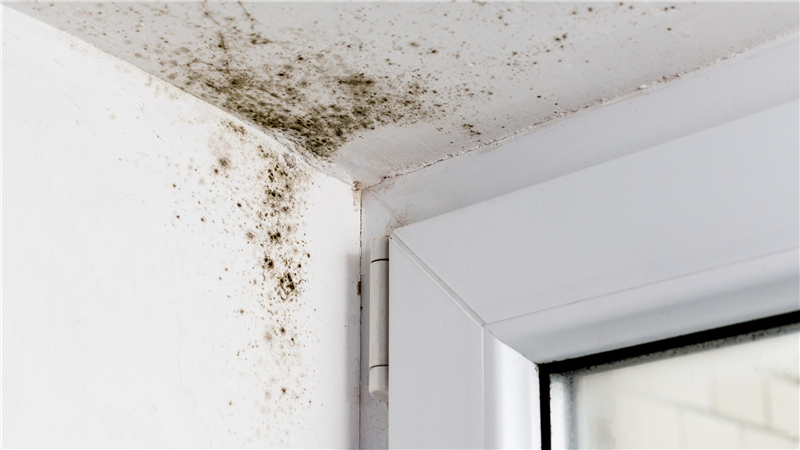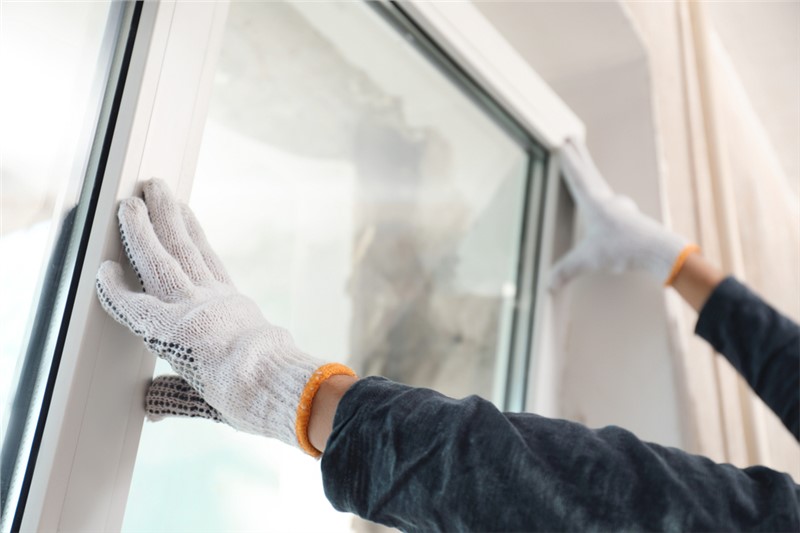
Freezing pipes, cold temperatures, snow accumulation, and snow melt can all take its toll on our homes during the winter months. Failure to protect your home from these dangers could result in damages to the roof and structure of the home that can be costly. The following is a list of important things to check to protect your home during winter.
Check Smoke Detector, Carbon Monoxide Detector and the Chimney
Our homes are shut up tight during the winter so it is important to make sure smoke and carbon monoxide detectors are properly working. You don’t want to wait until it is too late to know if you have a malfunctioning carbon monoxide or smoke detector. So it is essential that prior to the winter months we check to make sure that all detectors are functioning properly, and that the chimney or flute of the fireplace is in good repair.
Protect Pipes from Freezing
Most homes located in regions with colder weather are built with the pipes positioned on the inside of the home’s insulation in order to protect the pipes from freezing temps. There is still a danger of pipes freezing, however, during extreme weather and if there are any holes in the building exposing the pipes to cold air flow. Pay extra attention to any pipes located in vulnerable areas including the garage, crawlspaces under the house, and any piping run along exterior walls that are not insulated.
To protect these pipes, you can consider installing heating tape which is connected to a thermostat and designed to prevent exposed pipes from freezing by maintaining a specific temperature. Another option is fitting all accessible pipes with insulation sleeves – the more the better. If you notice that a pipe is frozen, do not wait for it to burst. Take measures to safely thaw the pipe by applying heat to it with something like a hairdryer. The best advice is to call a plumber and avoid taking any chances.
Check the Exterior of Your Home for Cracks, Holes and Leaks
Something as small as a hole that is used to run a phone line or a cable line can be an entry point for freezing cold air. This will lower the temperature of your home, and it will increase the amount you will spend to heat the home. In order to prevent this from happening, when you identify a leak or hole, use foam insulation and close them up. Cracks and holes around doors or in exterior walls or foundations should be sealed with caulking or with weather stripping to keep the cold air out.
Keep Basement Stairwells and Window Wells Clear of Snow
Snow will likely accumulate in basement stairwells and window wells during the winter. While the accumulation of snow in these areas will not likely cause any damage, melting snow during the spring could cause serious water damage and lead to mold accumulation.
Additional Steps to Protect Your Home during the Winter
Keep an eye on your roof and gutters for accumulating snow and ice. Melting snow that moves down towards the overhang of your house and accumulates can form an ice dam. These ice blocks can cause serious damage to your house, for more tips check out this article: Ice Dam Prevention in Madison, WI.
A furnace that is maintained and functioning properly is essential to a safe and comfortable winter. Proper maintenance can help avoid a breakdown during the middle of winter, can help improve the air quality in your home and staying on top of things will help you catch any wear and tear early on which can save you money down the line.
Image by ungard and licensed through Creative Commons.







